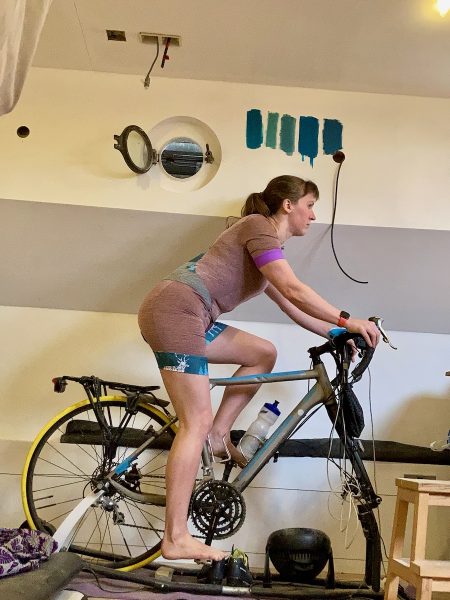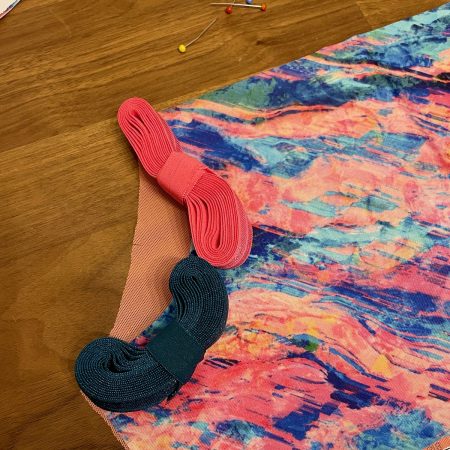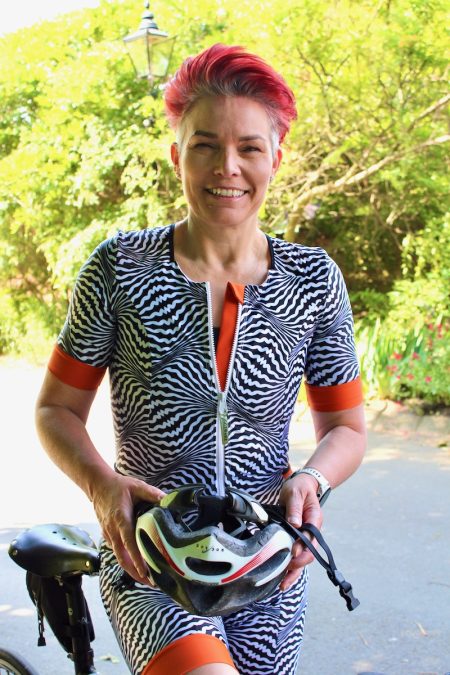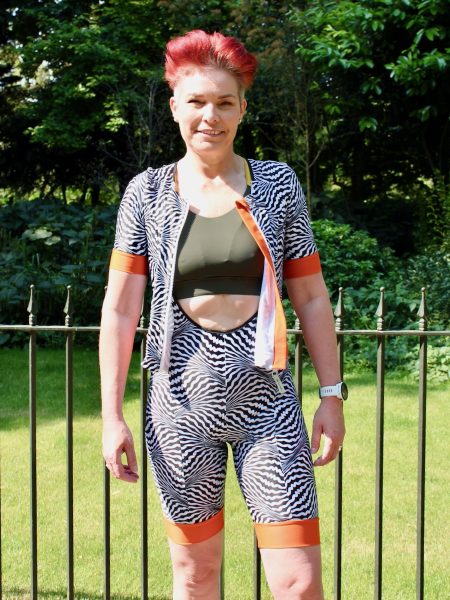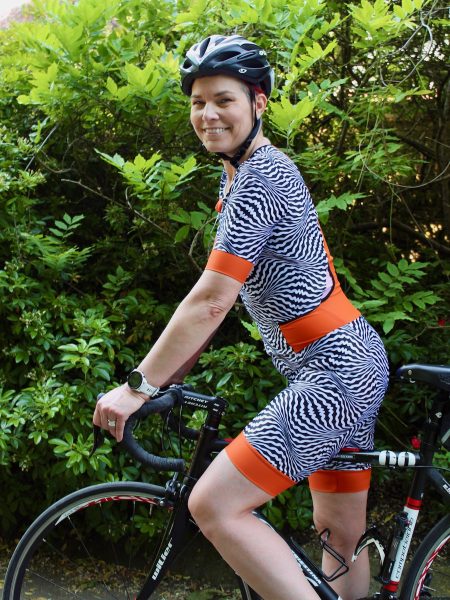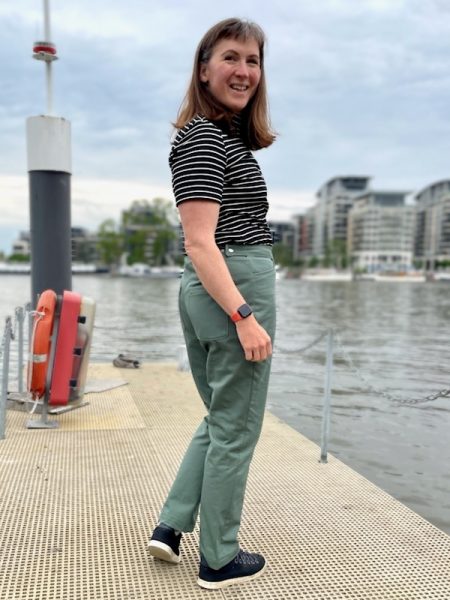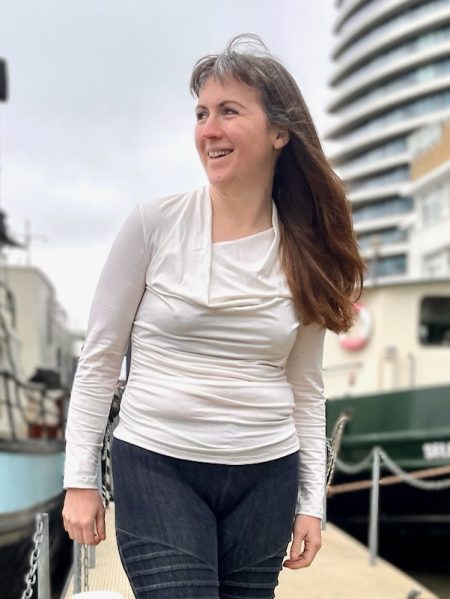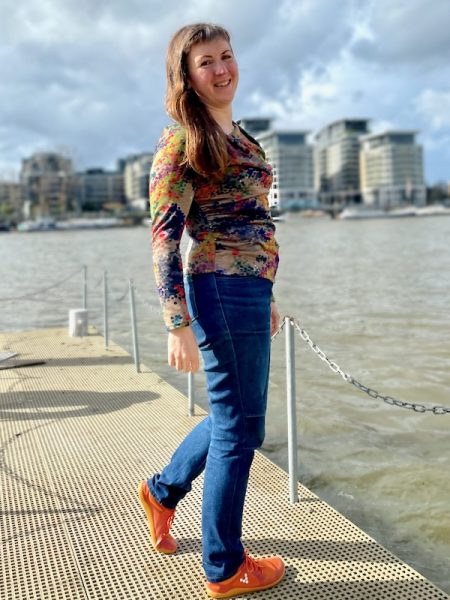The Triumph Suit pattern is not only our first triathlon-focused pattern, or our first Advanced pattern, but I’m also fairly certain is the pattern that was in development the longest. And also very likely the one I nearly gave up on the most times (I don’t deal well with very long-running projects!).
So today I’d like to walk you through a bit of its development process so you can get a feel for the timelines involved and the sheer number of hours, weeks, months, and years that go into something as complex and specialised as this!
I started thinking about a trisuit pattern all the way back in early 2021 (I was still shielding during the time, remember!). It was the first inspiration to hit me since the disruption of 2020. During 2020 I concentrated on updating all of our patterns to be layered and projector-friendly, rather than developing anything new simply because I had zero energy for creativity. It started with me combining two blocks together and drawing out design lines – both on paper and on myself!

